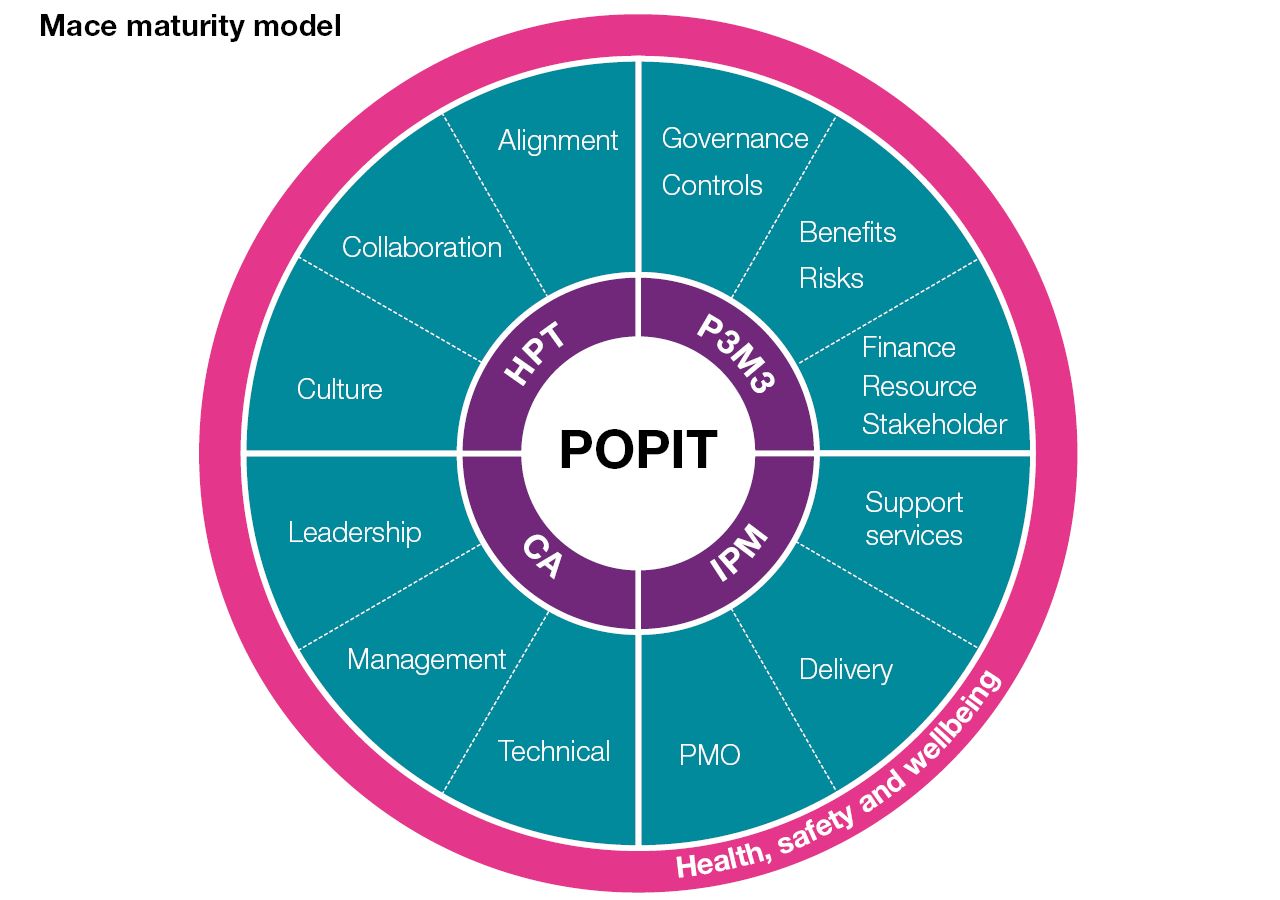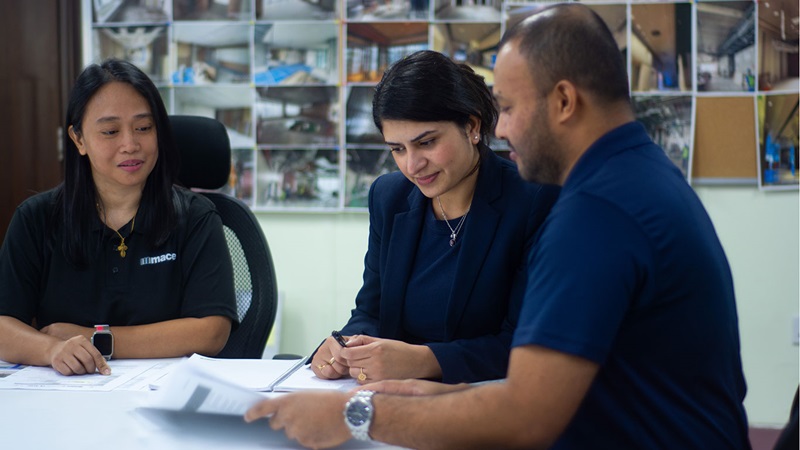Delivery partner principles: creating a foundation for success
We all dream of those golden words ‘on time and to budget’. The sobering reality, however, is that a staggering 80% of significant infrastructure projects face delays, overshoot targeted budgets and, ultimately, under-deliver on benefits, costing the taxpayer billions of pounds. Naturally, clients want more certainty around the delivery of complex programmes, and they want it as early as possible.
The delivery partner model has proven itself to be effective in providing the expertise, best practice, upskilling, and coordination needed to establish certainty. But, to extract maximum value from this approach, you need to set up your team in the right way from the very outset, explains Zoe Madams, Global PMO and Planning Director.
Hold up the mirror
In the world of major infrastructure delivery, there are a huge number of internal programme factors that can result in considerable delays and challenges. To minimise these risks and build resilience, an honest assessment of the client, consultant, contractor and supply chains’ capabilities at the very start of a programme is a must; you need to get a grip on how mature your delivery organisation is, whether it’s ready to deliver and, if not, what’s needed to make it so.
To be effective, a maturity assessment must get to the heart of the situation, leaving no stone unturned. It has to delve into organisational intricacies, unveiling strengths, weaknesses, and opportunities for improvement. It may well highlight that the reality is short of the aspiration, but that’s fine. The most important thing is to have an objective baseline and a roadmap of priorities to build from.
A framework for success
There are different ways to assess maturity, but the approach that provides the most comprehensive evaluation is the POPIT model. It drives a consistent analysis of the five essential components needed to build an effective delivery partner team: People, Organisation, Process, Information, and Technology.
By getting under the skin of these elements, teams are armed with the detailed knowledge needed to craft tailored plans that will drive growth, enhance productivity, minimise risks, optimise efficiency and support their people. Embracing the POPIT framework means charting a course towards excellence, where the intricacies of project execution are finely tuned to meet the challenges of projects of varying complexities. We've seen it used to good effect around the world, including on the reconstruction programme in Peru and the Metrolinx Subways Projects in Canada. While very different programmes, both are being delivered by diverse, multi-organisation teams and have benefitted from the alignment and consistency generated by a POPIT assessment.
The sheer scope of a POPIT assessment requires a degree of compartmentalisation to ensure focus at every stage. At Mace, we do this through four sub-assessments which, together, offer a holistic view to enhance organisational effectiveness.
The Project, Programme, Portfolio Management Maturity Model (P3M3) offers a comprehensive overview of maturity through a top-down management assessment. In contrast, an Integrated Programme Management Assessment (IPM) delves into key functional areas, conducting an extensive review across each function to provide a bottom-up technical assessment. The High Performing Teams Assessment (HPT) then focuses on evaluating the behaviours, culture, and collaboration of the people within the team. Finally, the Competency Assessment (CA) looks to establish the capabilities of the teams and individuals ensuring that organisation has the right suite of skills to meet the demands of the delivery.
Together, these four components – all of which are modular, meaning they can be tailored to specific needs – underpin a robust POPIT review.
Working towards a common goal
Within the intricate process of assessing maturity, client and colleague engagement is the linchpin, weaving together project objectives and expectations. Effective and early communication about what the assessment is and why it is being done is essential if we are to get everyone onboard. By inviting stakeholders into the fold from the outset, you’ll foster ownership, buy-in, and commitment, creating a shared vision of success.
The assessments offer quantitative and qualitative insights. Crucially, hearing from those who actually do the work every day ensures that we anchor the recommendations in reality and build the right capability with industry best practice at the heart. We use these insights from across projects and programmes to build a database that allows us to provide our clients with solutions at pace. This gives us a solid foundation to build on, with each individual approach then tailored to suit the specific needs of a client.
Keep it going
Going through the above process is all well and good but, as a point in time assessment, it won't create a high-performing team. An assessment report and roadmap for improvement as well as a commitment to re-assessment, will offer long-term clarity and confidence for everyone in a team. In turn, this will foster improved colleague satisfaction and retention; we’ve spoken many times before about the value of creating a cohesive one-team culture in the pursuit of successful programme delivery. There will be roadblocks along the way but, if the team is pulling in the same direction, it will overcome these together.
Establishing and stabilising a delivery partner team with a solid foundation is pivotal for the success of major projects and programmes, as is a client who is open and objective to advice and guidance. Proactive measures at the outset can significantly mitigate risks, minimising the challenges prevalent within our industry that often lead to delays and budget overruns. The key lies in adaptability and a commitment to industry best practices, ensuring long-term success and satisfaction for all stakeholders involved.










